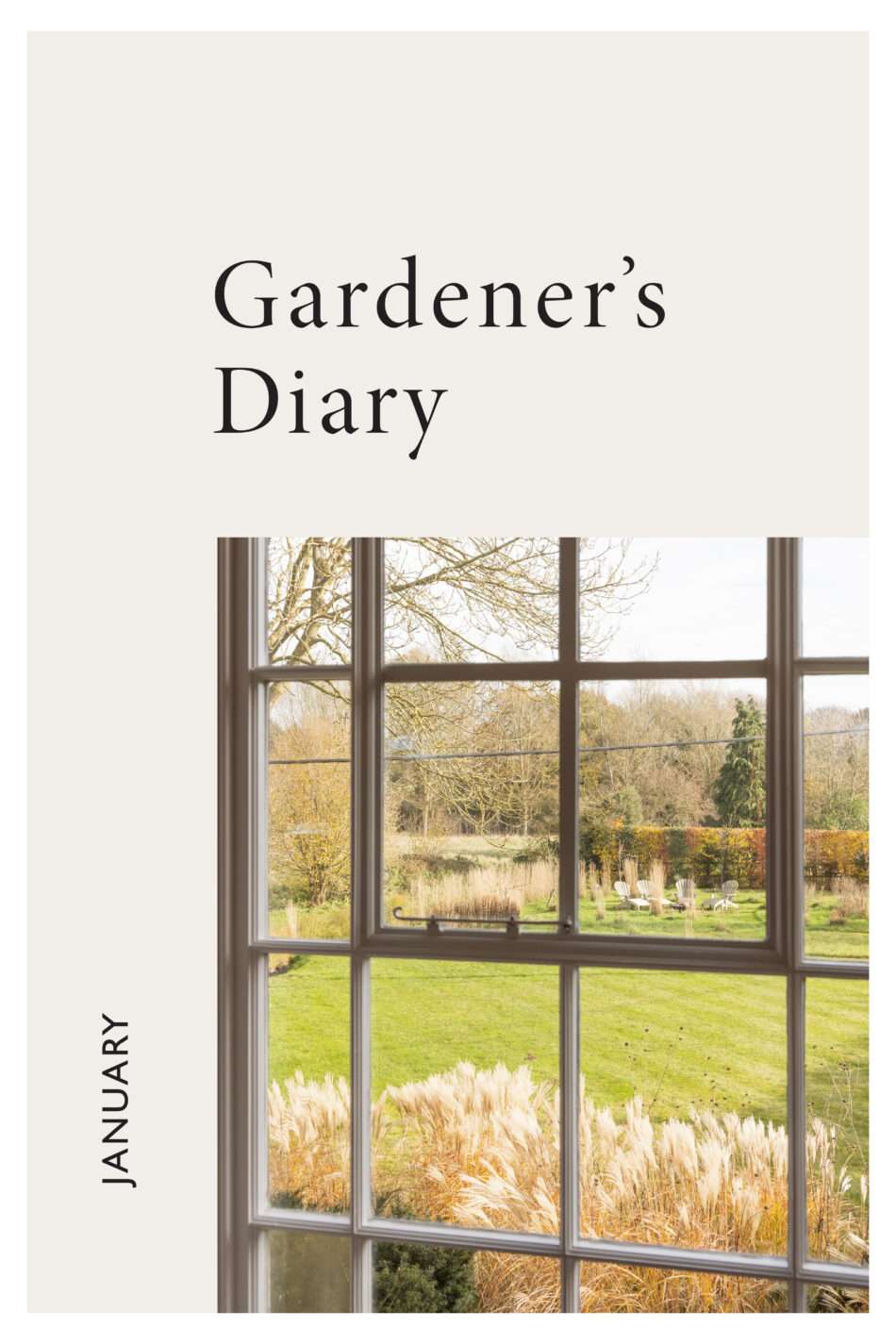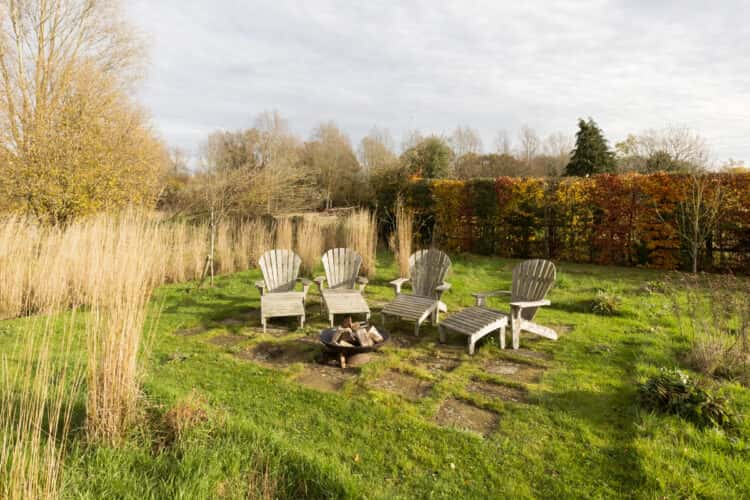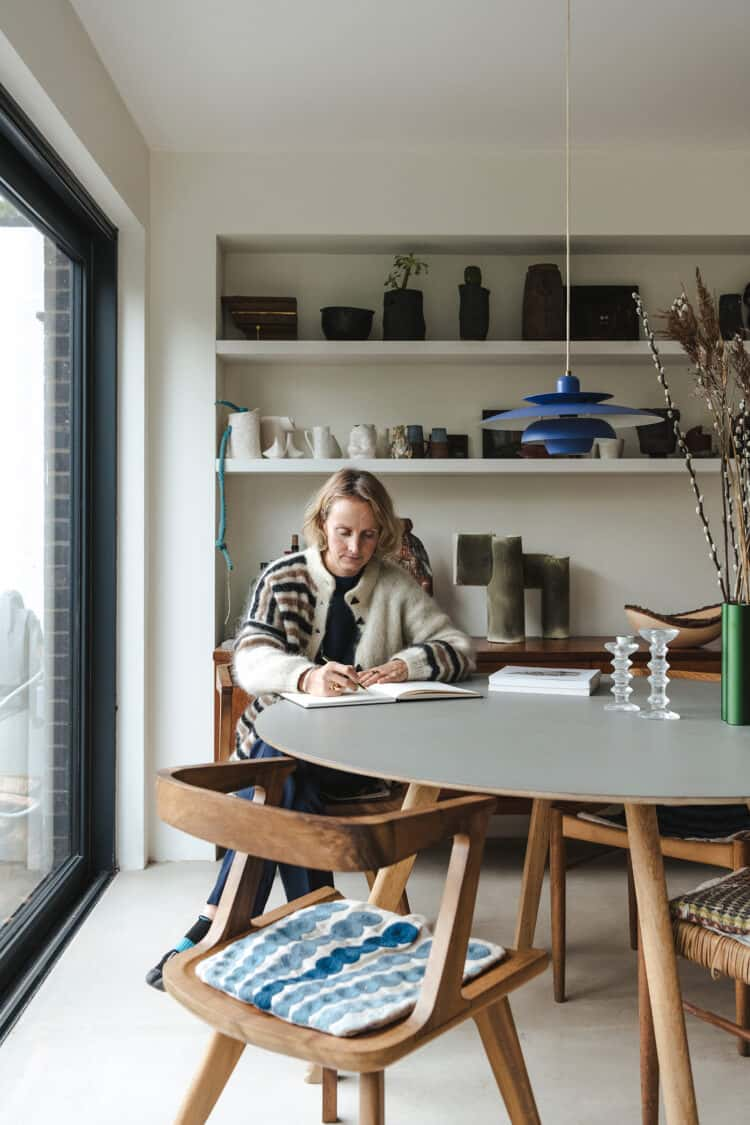Gardener’s Diary: how to plan a vegetable garden


In her monthly Gardener’s Diary, organic grower Claire Ratinon uses the untaxing month of January to take stock on the season ahead. Here, she shares her tips on how to plan a vegetable garden, from surveying your plot to choosing seeds.
Claire: Although everything outside is shrouded in quiet and dormancy and nothing that is green is really growing, soon seed catalogues will be arriving through letterboxes and gardeners will start planning what they’ll grow when spring arrives once more. It’s a perfect cosy winter task, so brew a cup of your favourite tea and make some time to dream about what of last summer’s abundance you want to recreate, as well as what new delicious plant adventures you want to plan for the coming season.
How much space do you have to grow in?
A good place to start is figuring out how much growing space you have at your disposal, whether that’s garden soil or space for pots and containers. Knowing this, in square centimetres, you can determine how many actual plants you have space for. Each type and variety of plant has an estimated height and spread, so research the size you can expect your plants to reach and plan against the space you have available.
How sunny is your garden?
Plants need sunshine to grow and the amount of sunshine your garden gets over the day will determine what you can grow. When choosing which seeds to order and which plants to grow, make the best of your situation by positioning the fruiting plants (like courgettes and climbing beans) in the sunniest spot and leafy greens and salads where there is slightly more shade.
What do you like to eat? Who else are you growing for?
It might seem like an obvious question but it’s worth asking yourself, what are you most excited about eating when deciding what to grow? There’s no point following other gardeners when they sow their tomato seeds if you’d be more excited to grow one fantastic winter squash plant. And if you’re the only person in your house who likes courgettes, don’t grow more than one or two plants because you won’t be able to eat them fast enough!
How much time do you have?
Growing food is an engaged process and the more you put in, the more you get out. Having said that, if you’re pushed for time but want your garden to provide something delicious for you to eat come summer, consider planting edible perennials such as rhubarb, berries (including raspberries and blackcurrants), fruit trees (including plums, apples and pears), asparagus, sorrel, horseradish and globe artichokes. A perennial herb garden full of rosemary, marjoram, thyme, sage and chives is also a low-maintenance option for gardeners without lots of spare time.
Planning a rotation
Following organic principles, I grow my vegetables on a rotation which means rotating the beds that each family of plants grow in season after season. This is beneficial because it prevents pests and diseases that specifically affect one particular plant family from building up in the soil while protecting the soil from becoming depleted. When I plan what seeds I’m going to sow in spring, I split up my choices by family – brassicas, legumes, cucurbits, nightshades etc. – and that helps me figure out how many plants from each family I have space to grow.
Successional sowing
Certain plants lend themselves to the approach of sowing a few seeds in succession so that instead of lots of your plants reaching the point of harvest all at once, they are ready to pick little and often. It takes a little planning and diligent labelling but plants including salad leaves, rocket, radishes and beetroot can all be grown in this way.
Choosing varieties
This is the most enjoyable part of the process to me and there’s a number of things I like to do when I’m deciding which varieties I’m going to grow in the upcoming season. Firstly, I determine what grew and cropped well (and what didn’t!) from past seasons and make space in my plan for old faithfuls. Then I like to find out what grew well for my friends and colleagues as I’ve found personal recommendations to be far more reliable than any seed description. Asking neighbours is especially interesting as they might give you some ideas for crops that do well in your climate and, you never know, they might share their saved seeds with you! I also like to choose a couple of wildcard options, whether that’s an heirloom variety I’d like to try or a vegetable I’ve never grown before because I like to always have the challenge of growing something that encourages me to learn every season.
This season just gone, I loved growing light-skinned cucumbers and I’m hoping to find another variety to try next spring. I’m planning to grow the tomato variety, Spike, which was saved and gifted to me by my friend Jane as it’s her favourite. I’m also excited to try growing another winter squash variety – maybe Sweet Dumpling or Black Futsu – but I only have room for one or two plants so I’m going to have to be decisive with my choices. It might be the darkest time of year but choosing the plants I’m going to grow when the warmth starts to return fills me with hope for the year to come.


